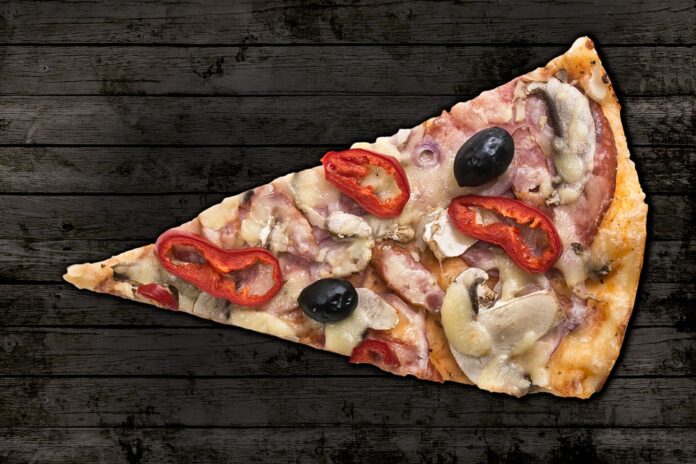The Evolution of Loyalty Programs in Fast-Food: Personalization and Customer Retention
Fast-food chains have long recognized the importance of building customer loyalty to drive repeat business and increase revenue. Over the years, loyalty programs have evolved to become more personalized and targeted, aiming to enhance customer retention and engagement. In this report, we will explore the evolution of loyalty programs in the fast-food industry, focusing on the trends of personalization and customer retention.
The Rise of Loyalty Programs in Fast-Food
Loyalty programs in the fast-food industry have been around for decades, with early versions offering customers simple rewards like free meals or discounts after a certain number of purchases. These programs were effective in driving repeat business, but they lacked personalization and targeted messaging.
As technology advanced, fast-food chains began to leverage customer data to create more personalized loyalty programs. By tracking customer preferences, purchasing behavior, and demographics, companies were able to tailor rewards and offers to individual customers, increasing engagement and loyalty.
The Importance of Personalization in Loyalty Programs
Personalization has become a key focus for fast-food chains looking to differentiate themselves in a competitive market. By analyzing data from loyalty programs, companies can better understand their customers’ preferences and habits, allowing them to offer targeted promotions and rewards that are more likely to resonate with individual customers.
For example, a customer who frequently orders vegetarian options may receive offers for new plant-based menu items, while a customer who prefers spicy food may receive promotions for spicy menu items. This level of personalization not only increases engagement but also enhances the overall customer experience, leading to higher retention rates.
The Role of Technology in Loyalty Programs
Advancements in technology have played a significant role in the evolution of loyalty programs in the fast-food industry. Mobile apps, online ordering platforms, and digital payment systems have made it easier for customers to participate in loyalty programs and redeem rewards, while also providing companies with valuable data on customer behavior.
Some fast-food chains have even implemented artificial intelligence and machine learning algorithms to analyze customer data and predict future behavior, allowing them to offer personalized promotions in real-time. This level of sophistication not only increases the effectiveness of loyalty programs but also helps companies stay ahead of the competition.
Case Study: McDonald’s
One of the largest fast-food chains in the world, McDonald’s, has been at the forefront of loyalty program innovation. The company’s “McDonald’s Rewards” program offers personalized deals and rewards to customers based on their preferences and purchasing history.
By leveraging data from its mobile app and online ordering platform, McDonald’s is able to offer targeted promotions that drive customer engagement and loyalty. In 2020, the company reported a 30% increase in app downloads and a 13% increase in active users, demonstrating the success of its personalized loyalty program.
Future Trends in Loyalty Programs
Looking ahead, the future of loyalty programs in the fast-food industry is likely to be even more personalized and data-driven. As technology continues to advance, companies will have access to more sophisticated tools for analyzing customer data and predicting behavior, allowing them to offer hyper-targeted promotions and rewards.
Additionally, companies may explore new ways to integrate loyalty programs with other marketing initiatives, such as social media campaigns and influencer partnerships, to further enhance customer engagement and retention. Overall, the evolution of loyalty programs in fast-food is a testament to the industry’s commitment to customer satisfaction and long-term growth.




